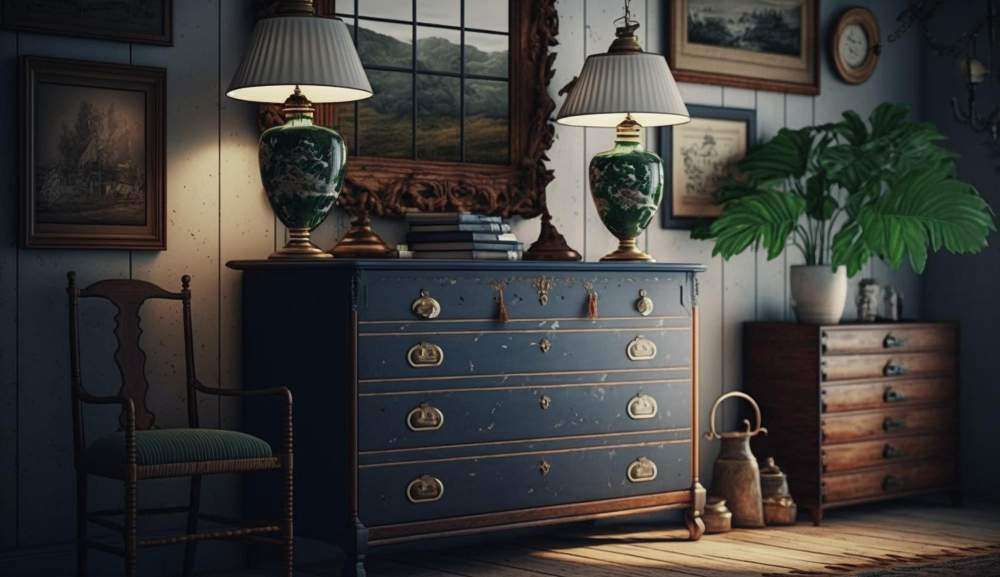
Refinishing Restoring Old and worn-out furniture can be given new life by restoring the finish, bringing out its former beauty and charm. This article gives crucial advice and methods to help you complete your furniture refinishing job, whether you are an experienced DIY enthusiast or a novice. This thorough guide will help you with the knowledge to master the art of furniture restoration and restore the attractiveness of your valued pieces, from comprehending various finishes to choosing the proper tools and supplies.
What kinds of furniture finishes are there?
There are numerous varieties of furniture finishes, each with special qualities and advantages.
Varnish
Varnish is a transparent, protective coat that gives the wood a shiny or satin sheen. It is appropriate for furniture exposed to spills or moisture because it is strong and resistant to water and other substances.
Lacquer
A clear or colored lacquer finish dries quickly and solidifies into a tough, glossy coating. Since it can produce a smooth and even finish, it is frequently employed on furniture pieces with elaborate motifs or curves for its glossy shine, and lacquer can make furnishings look polished and opulent.
Paint
Paint is a finish that may customize with various colors and looks. It is frequently to add a splash of color or give the furniture a worn or weathered look and may alter how it looks. Paint can be applied to wood or other surfaces; it provides good protection when sealed with a topcoat.
What are the Crucial Techniques and Tips for Refinishing Furniture?
Skilled London furniture restorers offer recommendable services for restoring furniture. But here are some basic refinishing techniques for DIY enthusiasts.
Surface Cleaning:
- Clean the furniture well to remove dirt, grease, and old wax.
- If necessary, remove the previous finishes using the right technique for the kind of finish on the furniture.
- Before refinishing, fix any obvious damage, such as dents or scratches.
Sanding
For a smooth and even finish, proper sanding is essential. Start by removing flaws with coarse-grit sandpaper, and then progressively go to finer-grit sandpaper for polished surface— sand against the grain of the wood to prevent leaving scratches.
Brush Techniques
Use lengthy, even strokes in the direction of the wood grain when applying paint with a brush to avoid leaving brush traces and guarantee a uniform finish.
Wiping techniques
To get the desired color or gloss, apply stain or shellac with a cloth and then wipe off any excess.
Build-Up Thin Coats
Rather than using a few thick coats of finish, it is preferable to use multiple thin ones. Thin coatings dry more quickly and are less likely to drip, be uneven, or have bubbles. Consider applying a topcoat of protection, like polyurethane, to increase durability and offer additional defense against normal wear and tear.
Allow Sufficient Drying Time
Let the previous one dry before adding the next finish layer.
Rushing through this process increases the likelihood of errors and lowers the end product’s quality.
After restoring the furniture, handle it gently to prevent scratches or other damage. To avoid coming into direct touch with hot or wet objects, use coasters, placemats, and protective pads.
Regular Maintenance
To preserve the appeal and toughness of the restored furniture over time, periodically clean and wax or coat with a protective finish.
Remember that every refinishing project is different and that practice makes perfect.
Don’t discourage by whatever obstacles you face along the path. You can obtain professional-looking results and relish the satisfaction of restoring furniture to its previous grandeur if you have patience, pay attention to detail, and be ready to learn.